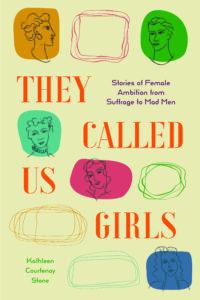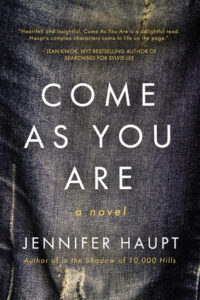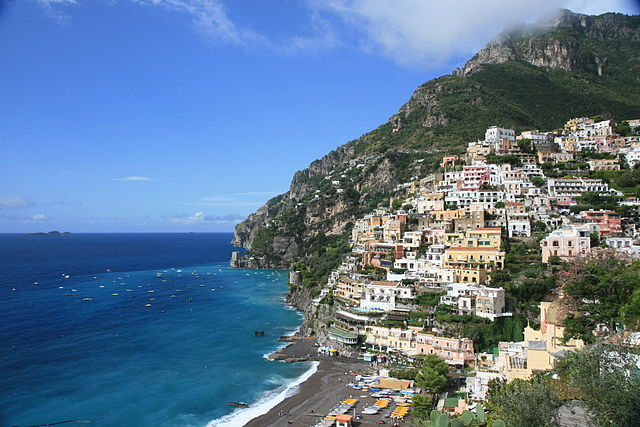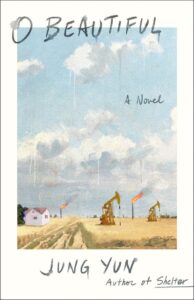
From the depths of sexual violence to the heights of climbing the Mother of all mountaintops (Mt. Everest Himalayas bordering Nepal/Tibet, 2015; backstories Lima, Peru & San Francisco): Can you fathom what it would feel like to stand at the “top of the world”?
Even seeing images of mountaineers climbing Mt. Everest – at 29,029 feet (5.5 miles) the highest peak in the world – in “The Death Zone” where there’s not enough air to survive without an oxygen canister, the “surreal, hyperreal” experience Peruvian-American Silvia Vasquez-Lavado reached in 2015 is still beyond the grasp of most of us.
Vasquez-Lavado has certainly earned her membership in the international Explorer’s Club, part of an elite group of female adventurers who made it to the Everest summit (688) compared to 5,000+ men. Fewer have climbed the seven highest mountain peaks in the world – The Seven Summits – like she has.
The question of imagining how a survivor of four years of childhood sexual violence distinguished herself in a feat dominated by men in which she had to put her trust and life in the hands of men is astonishing. Made even more dramatic knowing she’s openly gay and that the men’s lives depended on her supreme level of physical/mental strength and endurance that had to equal or exceed theirs.
Vasquez-Lavado’s story is even more striking when she tells us in emotionally raw prose how she’d reached rock bottom before she attempted the climb. So when she says the “whiteouts” on the ledge of the Himalayas weren’t as awful as her “blackouts” from a long history of self-destructive behaviors, you gain a new appreciation for a disease that can take everything from you.
The memoir is gripping in both time periods. Vivid awesomeness in the present climbing she puts us right into, and in the alternating chapters of the horrific raping of a young girl from the time she was six to ten years old growing up in an affluent home yet a silent, menacing one in Lima, Peru. Terrorists on the street dramatizing the terror inside. Confused by a perpetrator’s cruelty that made his brutality even worse by telling her that her parents knew what he was doing to her. He is “J,” the twenty-two-year-old housekeeper her mother trusted to watch over her (and her brother).
Devastating trauma takes root deep in her soul and yet she moves on. Carrying it with her to America where she attends a college in Lancaster, Pennsylvania as a Fulbright scholar. From there she moves to San Francisco, where she now lives. The drama continues, because we learn she’s a Type T personality, which goes way beyond the bounds of being a Type A high-achiever. T for thrill-taker, risk-taker. We see that first play out in the thrill of her first job at a vodka company, where alcohol and wild parties flow – the origin of her reckless, out-of-control, dangerous descent into an addiction to alcohol and indiscriminate sex with women until she finds a woman she loves. Again, the prose is sharp and intense. Vasquez-Lavado doesn’t sugar-coat anything.
How remarkable that she becomes one of Fortune magazine’s “Heroes of the 500 List,” and the technology site CNET’s one of the “Twenty Most Influential Latinos in Tech” in Silicon Valley, where she did pioneering work for PayPal and eBay.
In the Shadow of the Mountain is a stunning survival story. Most important to the author is not who she’s become but how she can use the lessons of her journey to help others heal the trauma and pain of sexual abuse.
In 2014, before the climb, she founded a non-profit: Courageous Girls. Its purpose is healing together: “Survivors of violence and abuse realize they have the power to heal.” But not alone. “If you want to go quickly, go alone. If you want to go far, go together.” It’s stated vision and mission is Healing Through Adventure. On the website’s home page, you’ll see pictures of seven women, the author and presumably the six courageous girls she mentored and braved the Everest climb with her – up to the Base Camp. When you read what develops between them, you’ll feel the author’s angst at having to leave them behind to meet up with her all-male team to climb higher and higher. To Camp I, II, III, IV, into the Death Zone.
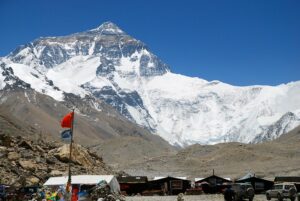
user Gunther Hagleitner [CC BY 2.0]
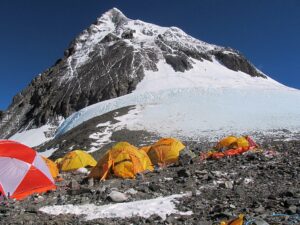
user Tirthakanji [CC BY-SA 3.0]
The abuse stories of the courageous girls are also sickening. Some, victims of sex trafficking in India. How that criminal exploitation system takes place is explained. Unbelievable they managed to escape. On this mountaineering healing adventure, through their combined courage, they become “daughters, sisters, friends. We are Mexican, Peruvian, Indigenous, Columbia, Nepali, Indian, Hindu, Buddhist, Catholic, Atheist. Young, old, queer, straight, nonbinary . . . Everest, the mother, is knitting us together.”
Among the author’s gifts are her literary talents to bring us right on the mountain with her and the other courageous girls, as well as into the shattering of a little girl’s innocence and selfhood. On top of being molested for years, her father thought nothing of physically whipping her with a leather belt, while her mother kept disappearing. By the time she learns where her mother went all those terrifying years, it’s not bitterness she feels towards her but a realization that her shame goes back generations and “how fragile love is.” Her love for her mother is dear. She carries that love with her too, all the way to the mountaintop.
The author found the right words to tell this soaring, searing, physical, poetic, cultural, philosophical, emotional story like we’re watching a movie of a woman’s many lives. Precisely why you will see a movie based on her life. Selena Gomez will star in Hollywood’s film adaptation of the memoir, predicted to be “her most inspiring yet.” How could it not be? A formidable acting role for any actress playing a woman “running on adrenaline, running from myself since the late ‘90s.”
The Everest climbers cannot even attempt the climb without their guides: the Sherpa people. The legendary explorer who first climbed “Chomolunga – Mother of the World” (the title of chapter one) in 1953, Sir Edmund Hillary, is seen in this picture with his Sherpa guide Tenzing Norgay:
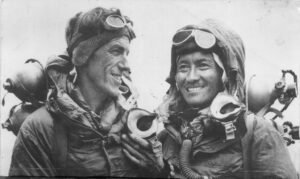
[CC BY-SA 3.0] via Wikimedia Commons
The Sherpas emigrated from Tibet to Nepal about 500 years ago, so their bodies have physically adapted to altitudes higher than an airplane flies. They practice the “oldest form of Tibet Buddhism,” which means the climb and the memoir is part spiritual. It’s impossible not to think of the mystical when Vasquez-Lavado takes us deep and detailed into the belly of her journey. It starts when she enters the “spiritual entrance” to “a sacred hidden valley of the Sherpa people,” with its Buddhist traditions, chants, and prayer stones, flags, and wheels. There’s beauty in their beliefs as “the spirit of those blessings gets scattered across the earth.” The Sherpas respect the mountain with “humility” not “bravado.”
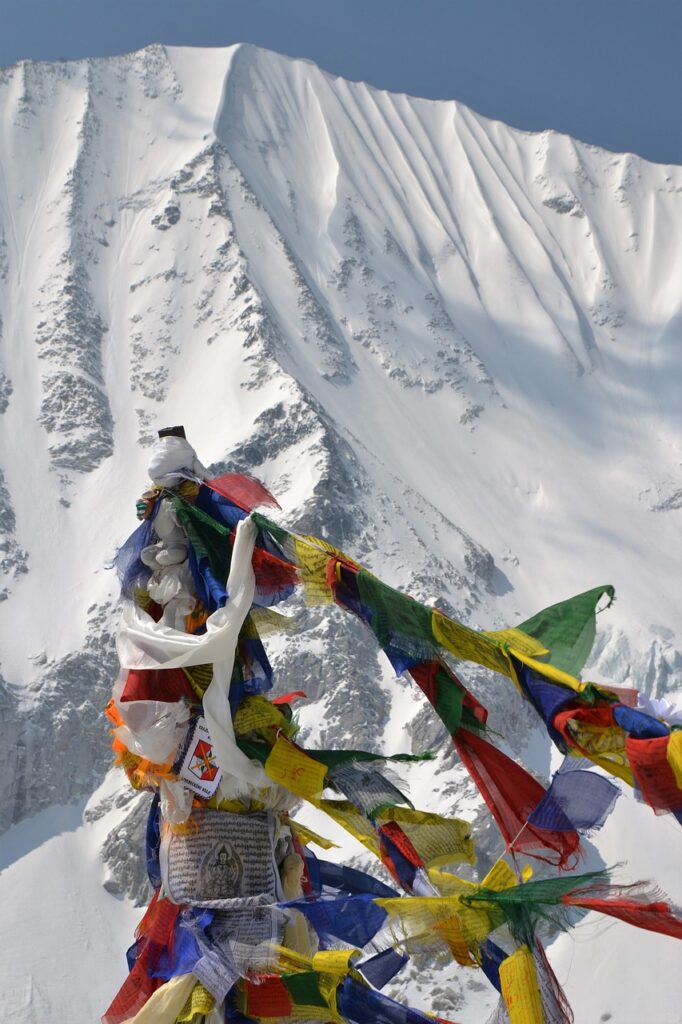
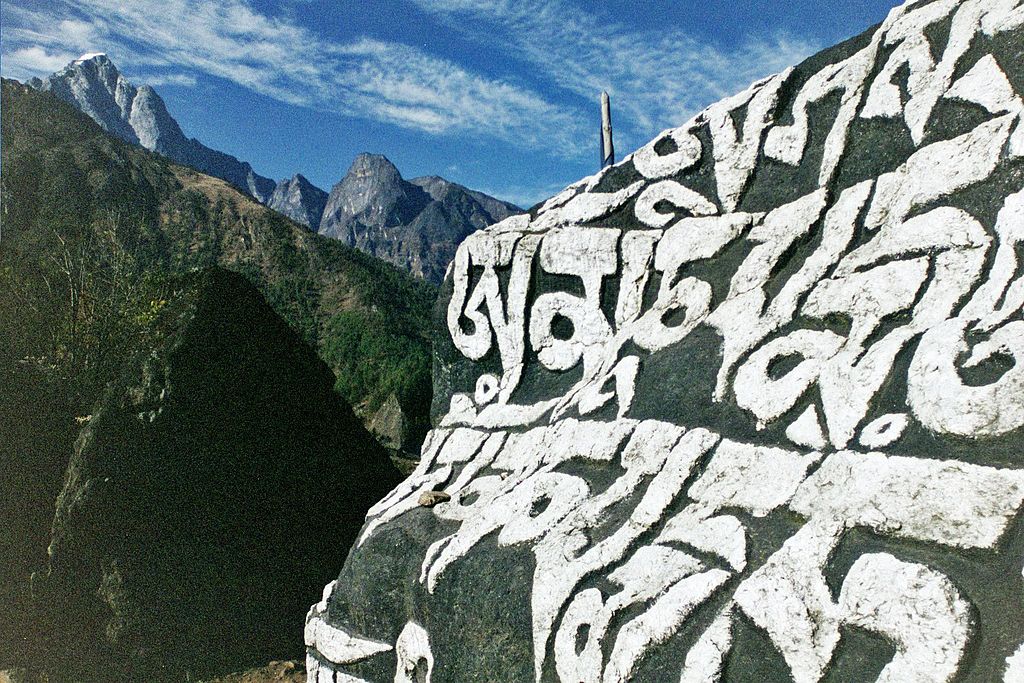
via Wikimedia Commons
The memoir stands for so many things, including a mountaineer’s vocabulary and utmost mastery of technical skills in which every movement must be “rote,” because you cannot lose a second of the intense concentration demanded by an “obstacle course of ice towers,” “massive chasms,” and “giant crevasses, some over 150 deep.”
This is a must-read for anyone feeling alone, powerless, in need of healing, or seeking inspiration. Might they be all of us right now?
Lorraine
